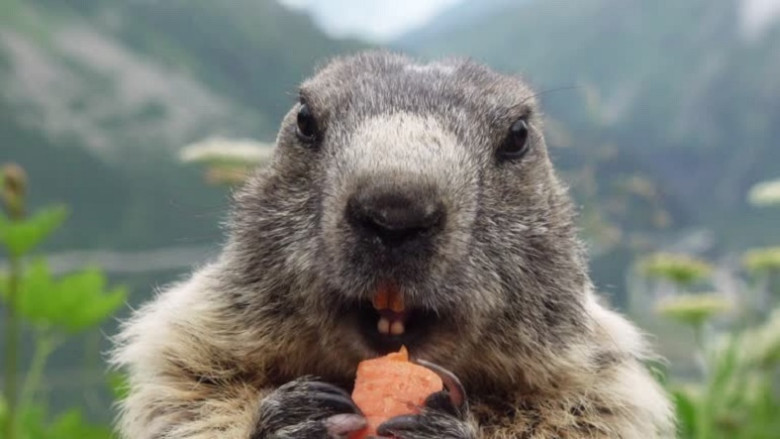
views
The Fascinating World of Marmots: Latest Experiments and Human Comparisons. Abstract
Marmots, large ground squirrels known for their social behavior and hibernation habits, have been the subject of recent scientific studies. These experiments aim to understand their social structures, adaptability to human presence and physiological traits. By comparing marmots to humans, researchers hope to gain insights into evolutionary biology, social behavior and conservation strategies.
Introduction:
Marmots are fascinating creatures that inhabit various regions across the globe, from the mountains of North America to the Alps in Europe. Their social structures and hibernation habits make them ideal subjects for scientific research. Recent experiments have shed light on their behavior, adaptability and physiological traits, providing valuable comparisons to human biology and behavior.
Latest Experiments with Marmots:
Social Structure and Multilevel Selection. A study on yellow-bellied marmots (Marmota flaviventris) revealed that group traits can be as important to an individual's survival as personal traits. This supports the concept of multilevel selection, where the characteristics of a group can influence individual fitness.
Adaptation to Human Presence:
Research on yellow-bellied marmots in Colorado showed that while these animals can become habituated to human presence, they still exhibit increased vigilance, which can affect their feeding and body mass accumulation before hibernation. This highlights the impact of human activities on wildlife behavior and fitness.
Gut Microbiome and Sociality.
Studies on the social microbiome of marmots have revealed unique microbial communities that differ from those of other mammals. This research adds a new perspective to wildlife conservation efforts and the role of social behavior in shaping gut microbiota Comparison to Humans. Social Behavior. Marmots live in colonies with complex social structures similar to human societies. Understanding their social dynamics can provide insights into human social behavior and the evolution of cooperation and competition.
Adaptability:
Like humans, marmots exhibit adaptability to changing environments. However, their adaptability comes with trade-offs, such as increased vigilance and reduced feeding time in the presence of humans.
Physiological Traits:
Marmots hibernate during the winter, a trait that has intrigued scientists. studying human metabolism and energy conservation. Comparing the physiological changes during hibernation with human metabolic states can offer new perspectives on energy management and survival strategies.
Conclusion:
Marmots are not just adorable rodents. they are valuable subjects for scientific research. By studying their social structures, adaptability and physiological traits, researchers can gain insights into evolutionary biology, social behavior and conservation strategies. Comparing marmots to humans helps us understand the complexities of both species and the intricate connections between them.





















Comments
0 comment